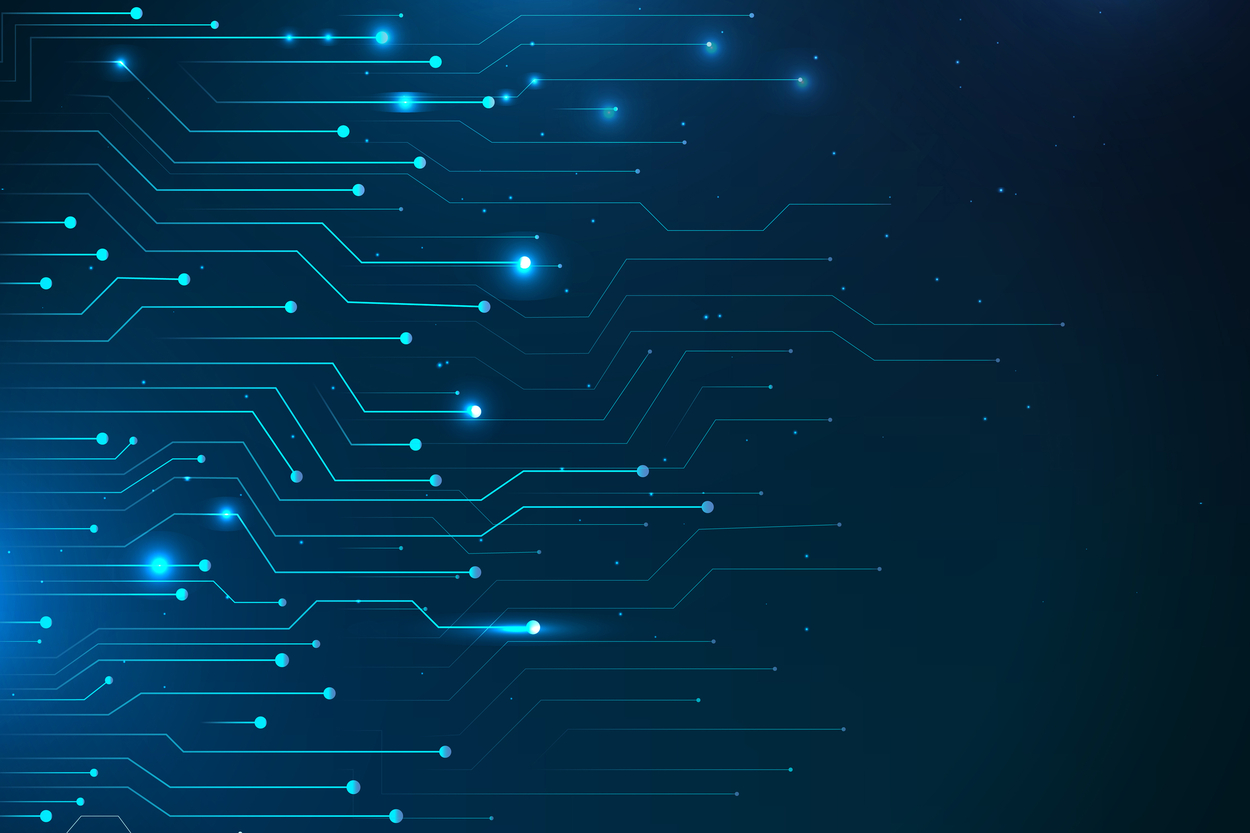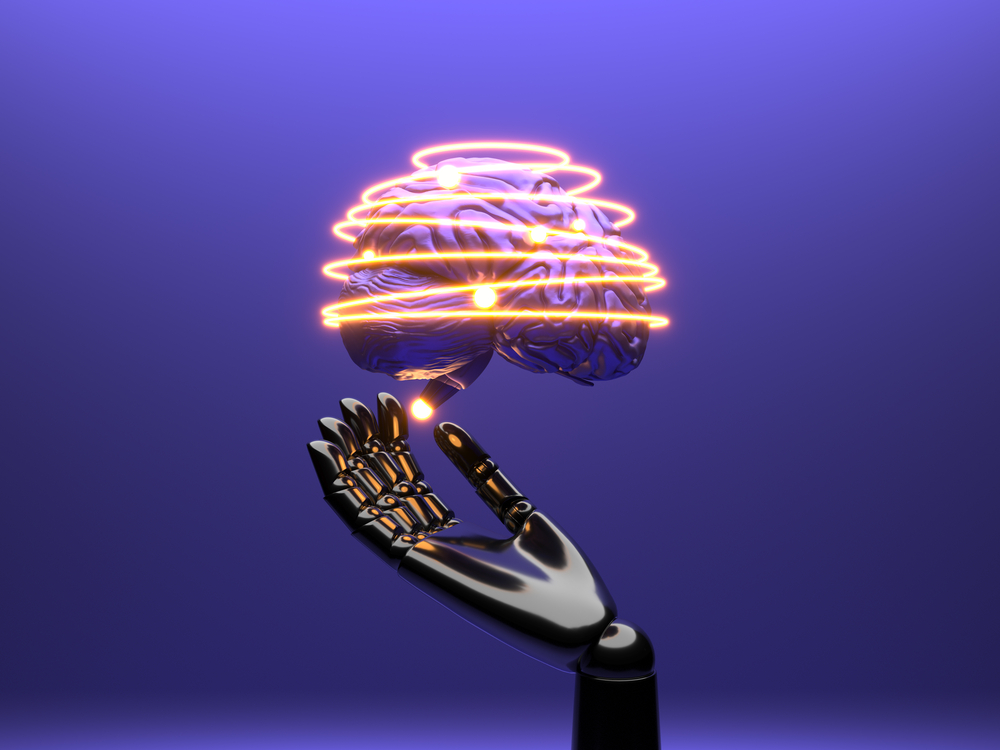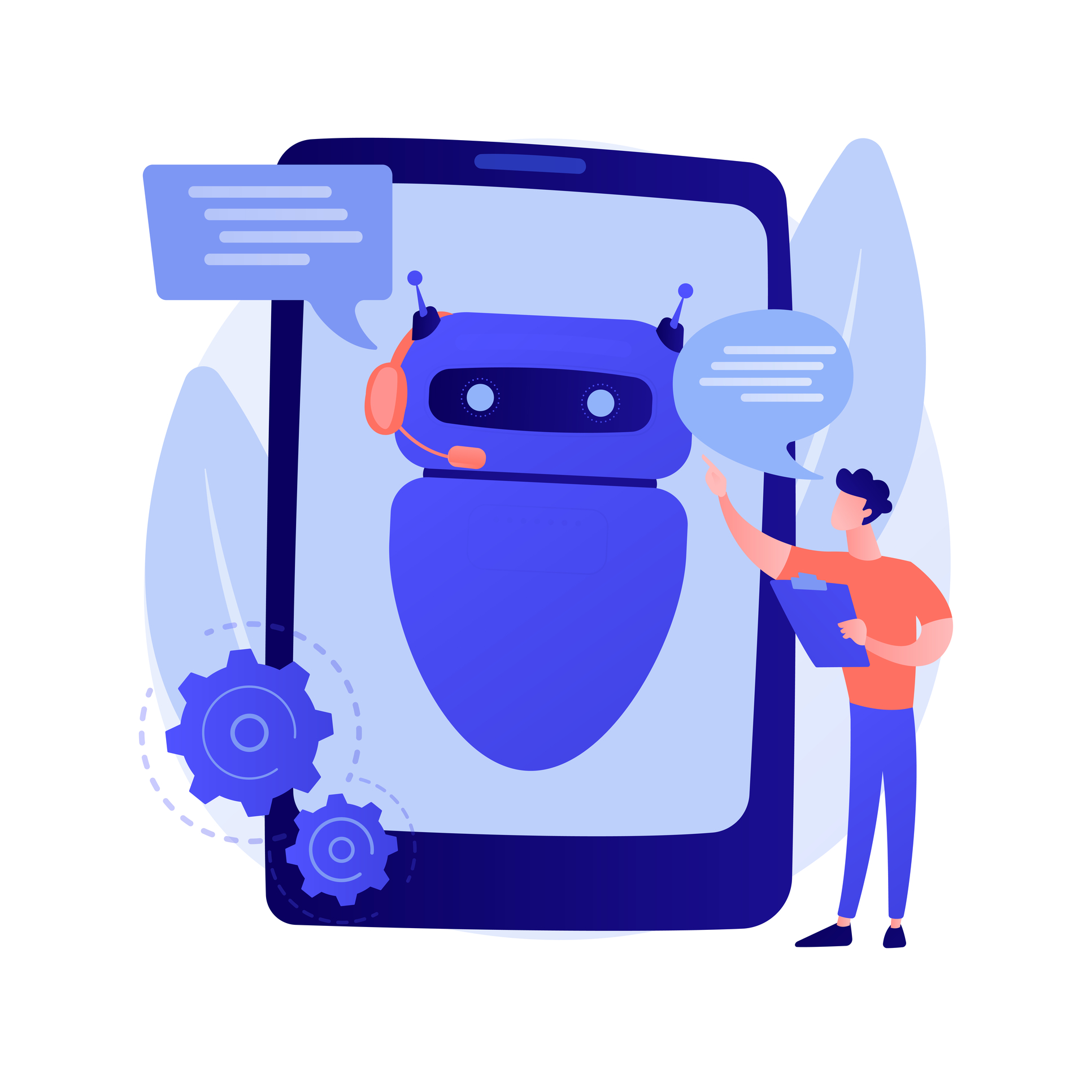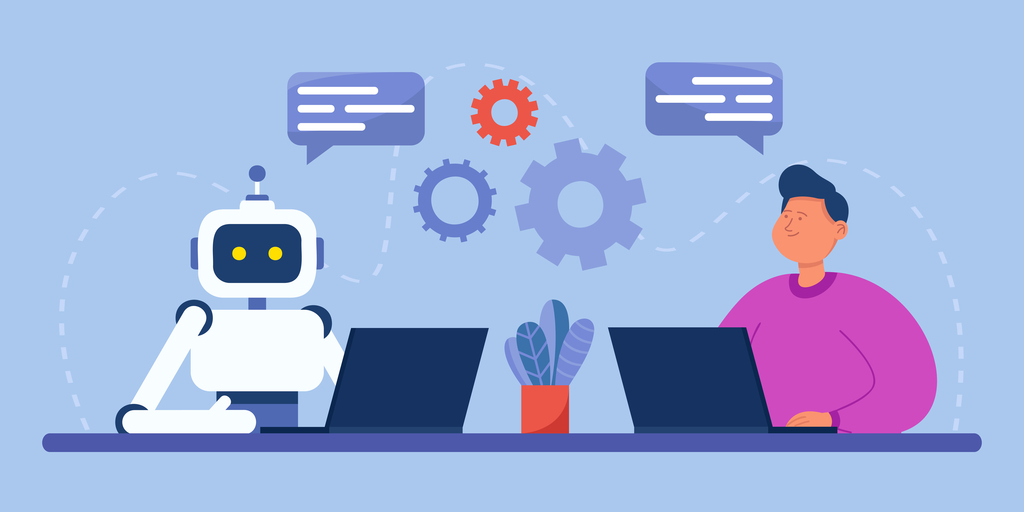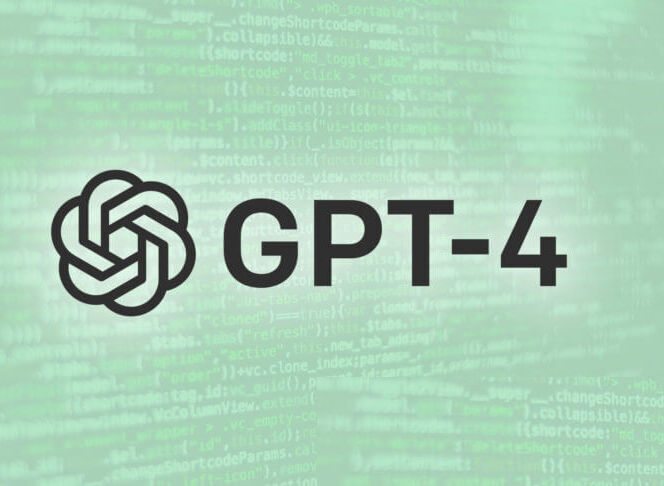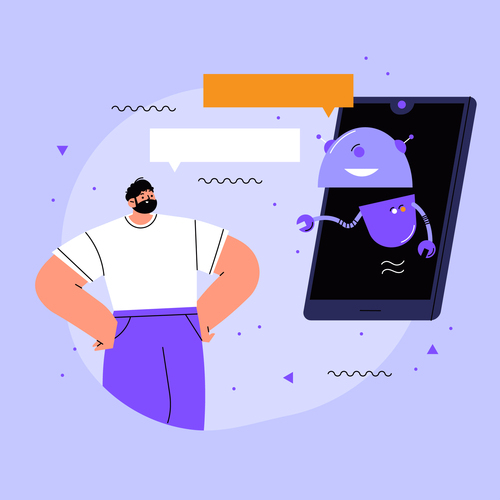Explore the enigmatic world of artificial intelligence as we delve into the profound intricacies of neural networks. Unravelling the ‘explainability gap,’ we navigate through the challenges and innovative techniques shaping AI’s decision-making processes. Discover the transformative potential of these advancements, from deciphering complex algorithms impacting critical decisions to unveiling cutting-edge methods that shed light on neural network operations. Join us on this insightful journey, redefining the relationship between technology and comprehension, and envision a future where trust, transparency, and human-AI synergy pave the way for a harmonious coexistence.
The Singularity Debate: Superintelligence and Ethical Imperatives
The Singularity’s shadow looms, with promises of boundless progress and unsettling uncertainties intertwined. While AI may reshape our world for the better, solving global challenges and enhancing human capabilities, its unbridled power poses existential risks like “robot takeover” and ethical conundrums like biased algorithms. To navigate this uncharted territory, we must prioritize responsible AI development, ensuring transparency, mitigating bias, and anticipating unintended consequences. Only through informed discourse and ethical governance can we ensure the Singularity paints a future of shared prosperity, not a dystopian tragedy.
AI Chatbots in Human-Computer Interaction: Revolutionizing Engagement and Addressing Challenges
The use of artificial intelligence-powered chatbots that utilize natural language processing represents a significant advancement in the way humans interact with computers. These intelligent systems, which are based on advanced NLP and machine learning, go beyond traditional interfaces, ushering in a new age of intuitive and personalized experiences. The fact that they are being widely implemented across various industries such as healthcare, education, and customer service highlights their potential for transformation. However, despite revolutionizing engagement, they are faced with challenges such as natural language comprehension, algorithmic biases, data security, and empathetic interaction, which require strategic solutions. To navigate these challenges and ensure responsible integration, it is essential to have ethical guidelines and continuous advancements. The combination of AI chatbots and emerging technologies such as AR and VR creates opportunities for more immersive and user-centric experiences. By adopting ethical development practices, we can create a future where human-computer interaction is not only innovative but also guided by ethical considerations and user preferences.
The Language Revolution: GPT’s Role in Advancing Natural Language Processing
GPT models have revolutionized the field of Natural Language Processing (NLP), enabling machines to comprehend and respond to human language with an unprecedented level of accuracy and fluency. This breakthrough has created endless possibilities, revolutionizing machine translation, text summarization, and question-answering. GPT models hold immense promise for various domains, including healthcare, education, and customer service. Nevertheless, responsible progress and ethical considerations are vital to guarantee that these powerful tools are used for the advancement of society. As GPT models continue to grow, their impact on human-machine interaction will inevitably expand, bridging language barriers and revolutionizing how we connect with computers.
Beyond Borders: GPT-4’s Brilliant Breakthroughs
OpenAI’s newest creation, GPT-4 Turbo, is transforming the capabilities of AI by seamlessly integrating technology and collaboration with humans. It surpasses mere text interpretation by navigating visual subtleties, intricate coding, and vast online domains. It has the potential to generate code, enhance artistic expression, provide intelligent financial advice, offer personalized fashion recommendations, assist with virtual self-representation, create imaginative stories, and help people achieve their fitness goals. GPT-4 Turbo is a versatile companion that is shaping a new technological narrative. It is not just a tool, but also a promise of unexplored possibilities, combining advancements in AI and human cooperation. It will be fascinating to observe how individuals interact with this groundbreaking technology.
AI-Generated Art: Ethical Implications for Ownership, Bias, Misinformation, and Artists
AI-generated art raises the ethical question of ownership. The artists who created the training data, the developers of the AI algorithm, and the users who generate the art all have a claim. There is no clear consensus on who should ultimately own AI-generated art.
One possibility is that AI-generated art could be considered public domain, meaning that it is not owned by anyone and can be freely used by anyone. Another possibility is that ownership could be determined by the copyright laws of the country in which it is created. A third possibility is that ownership could be shared by the artists, developers, and users.
Ultimately, the question of who owns AI-generated art is a legal one that will need to be decided by the courts. However, it is important to start thinking about this issue now so that we can develop clear and fair guidelines for the future.
